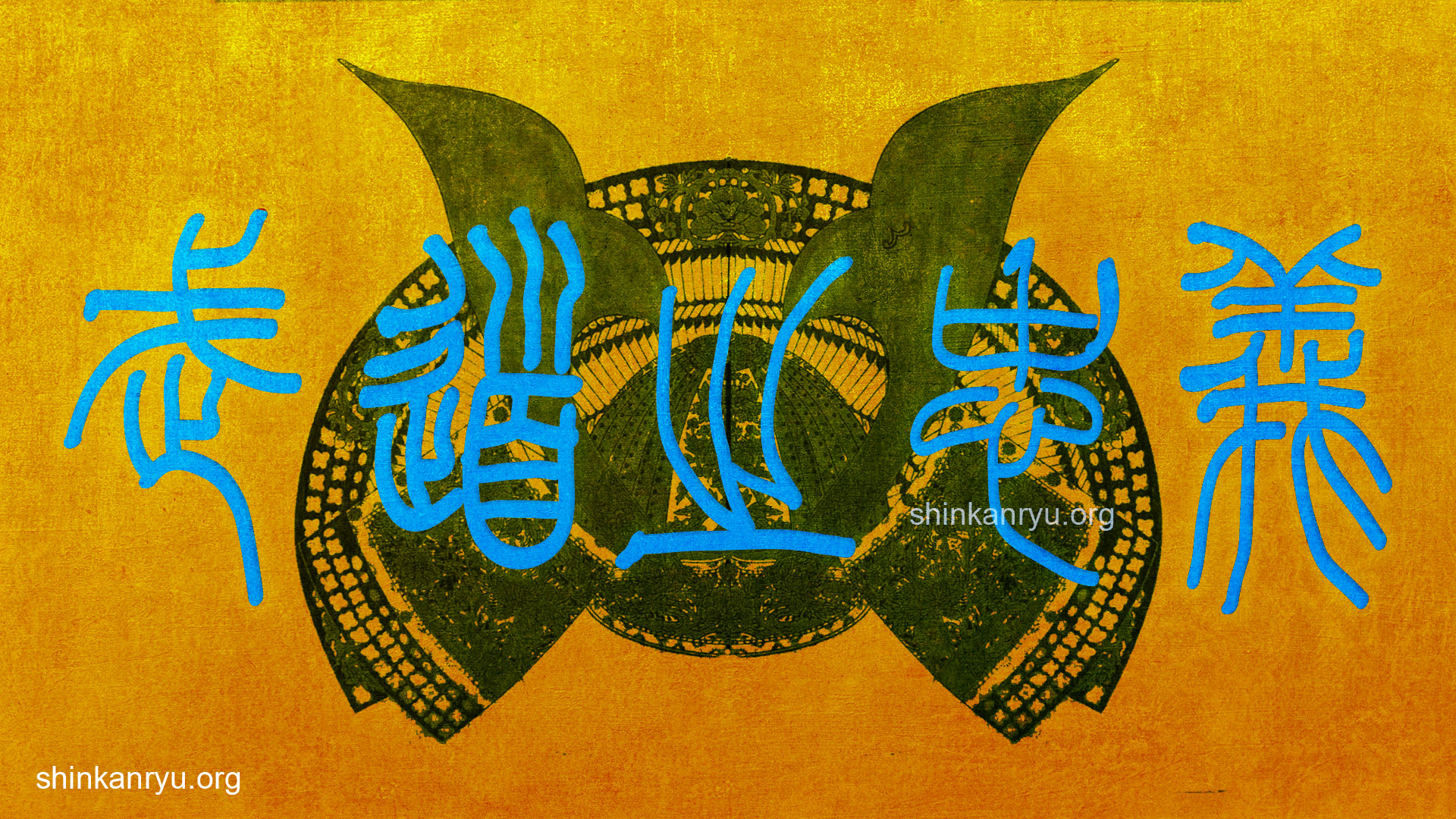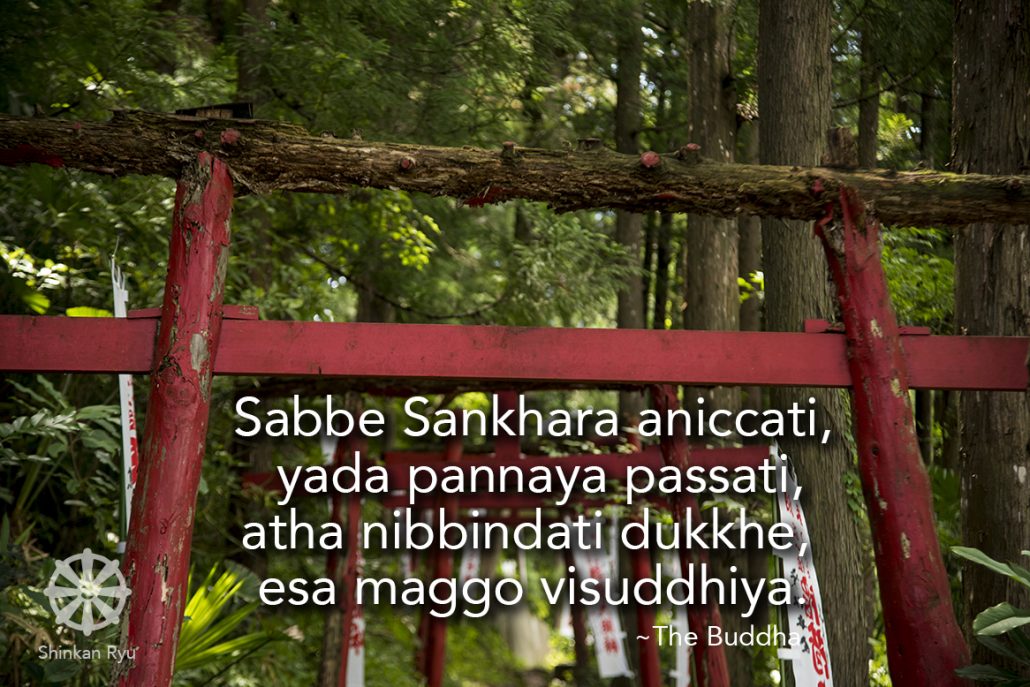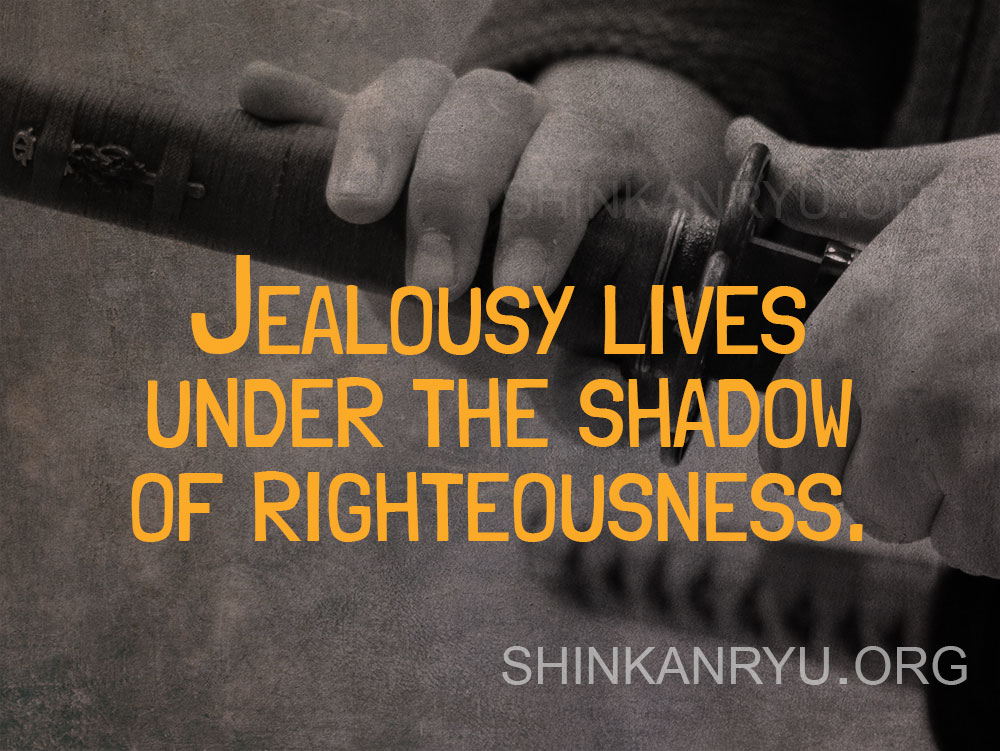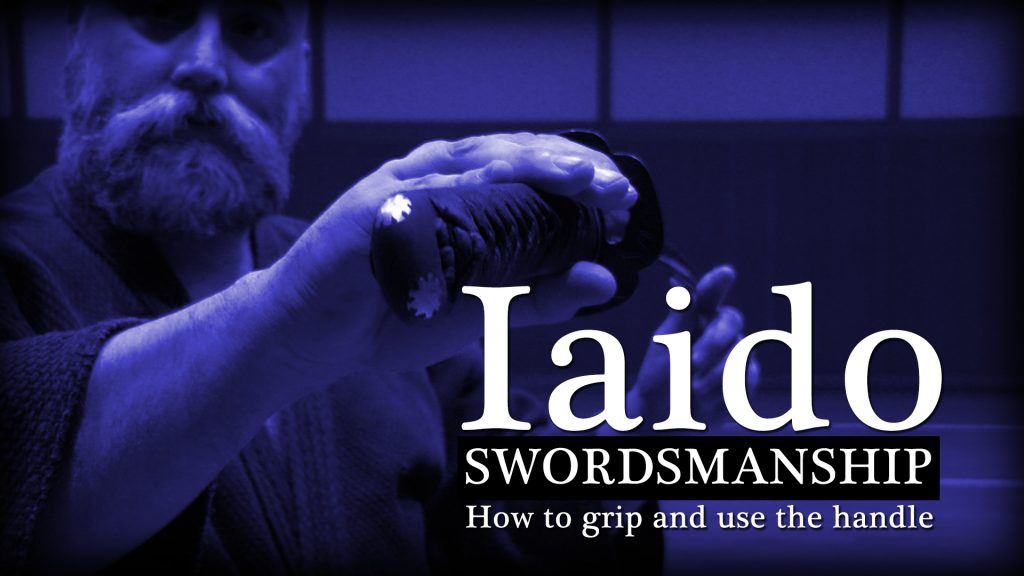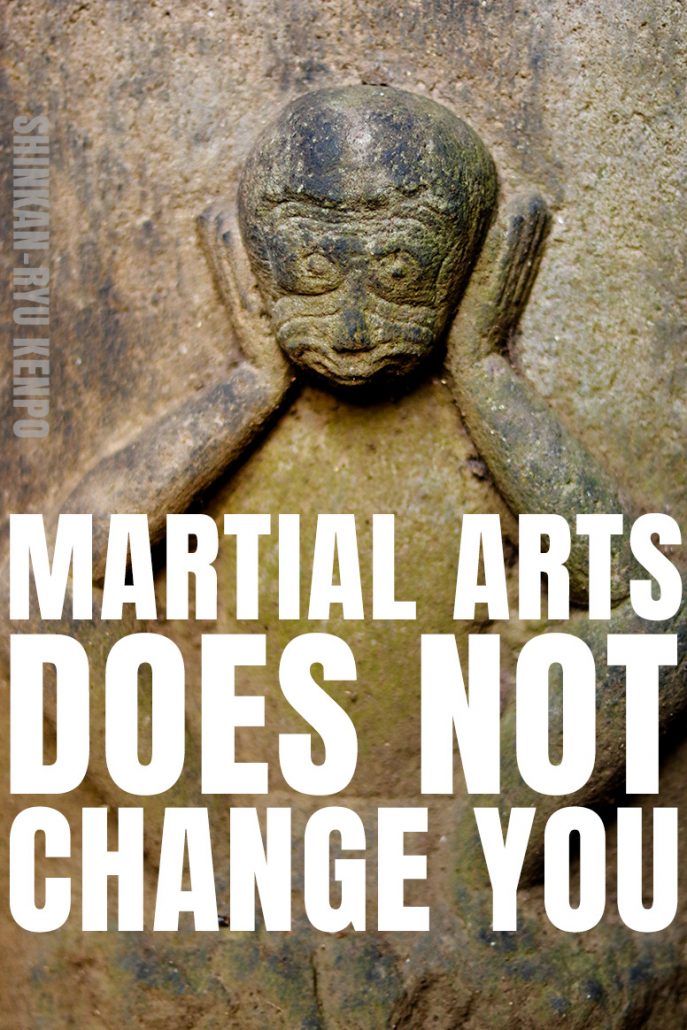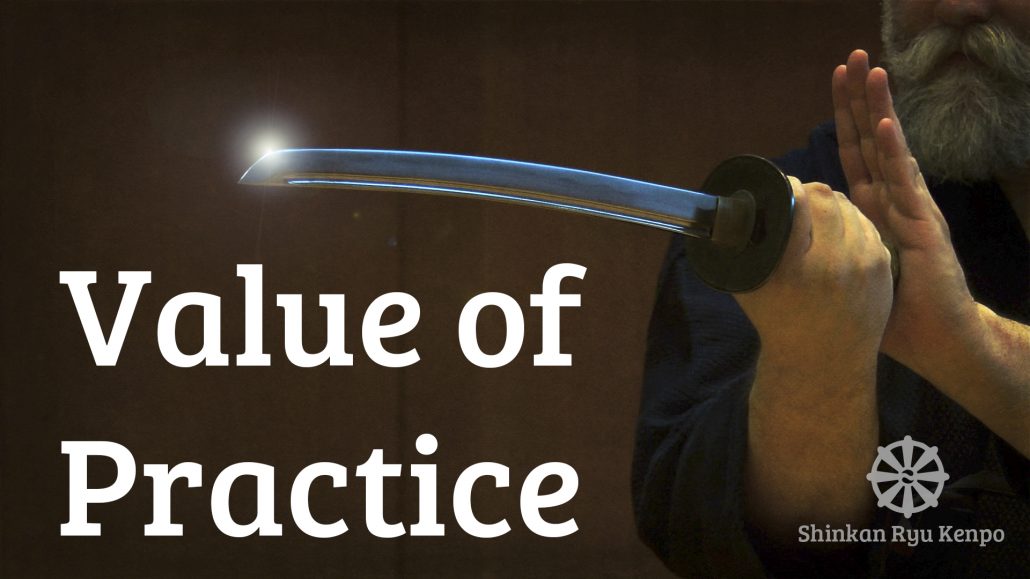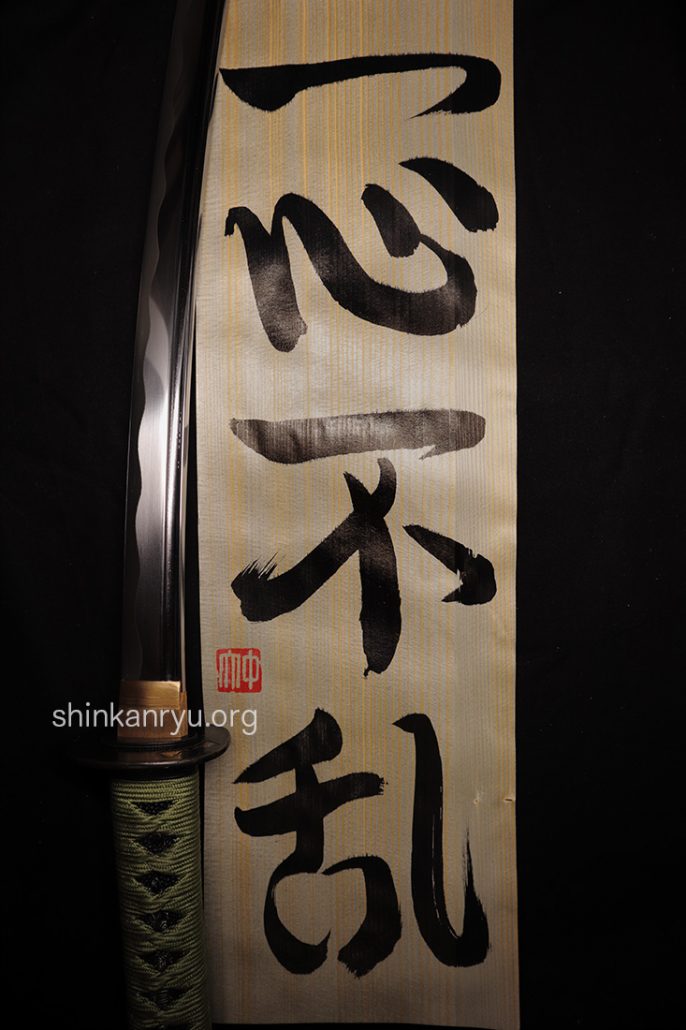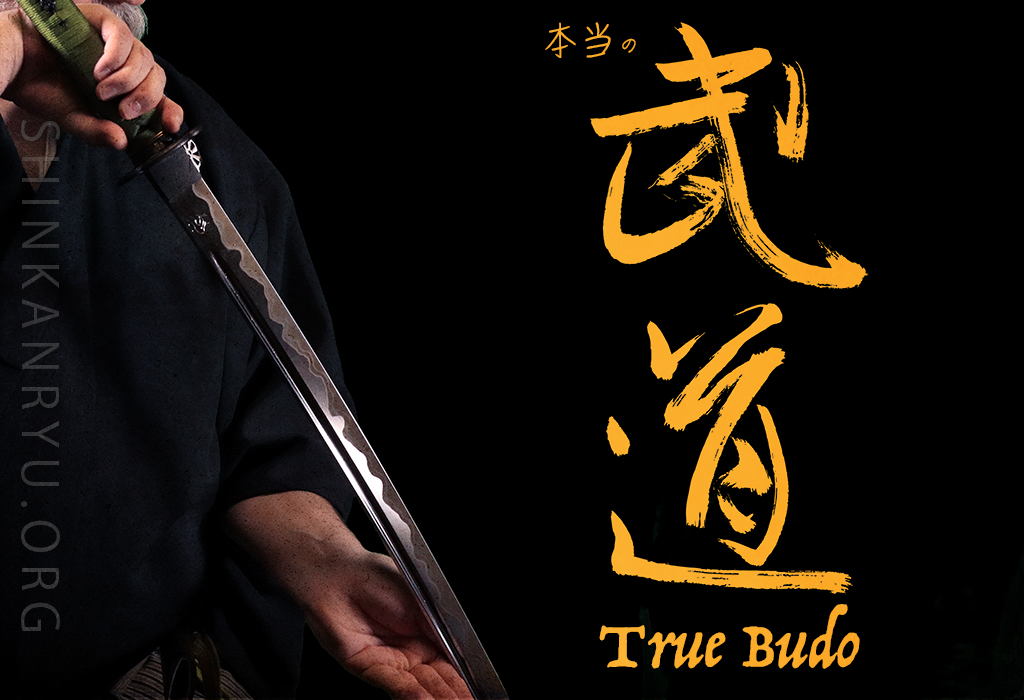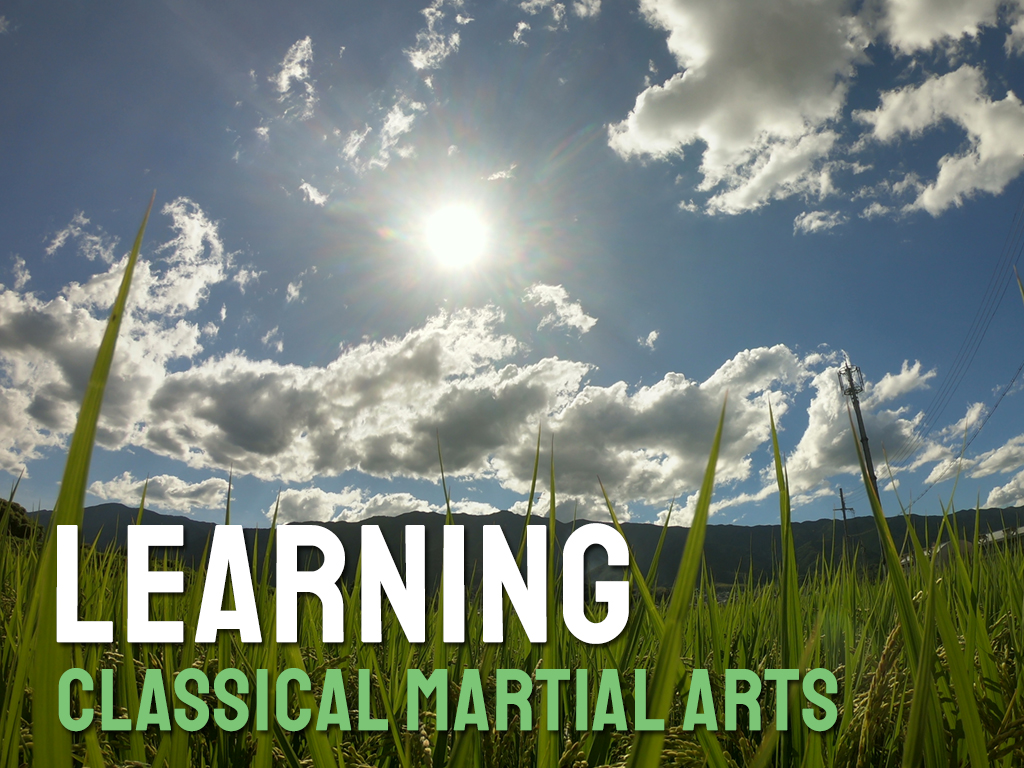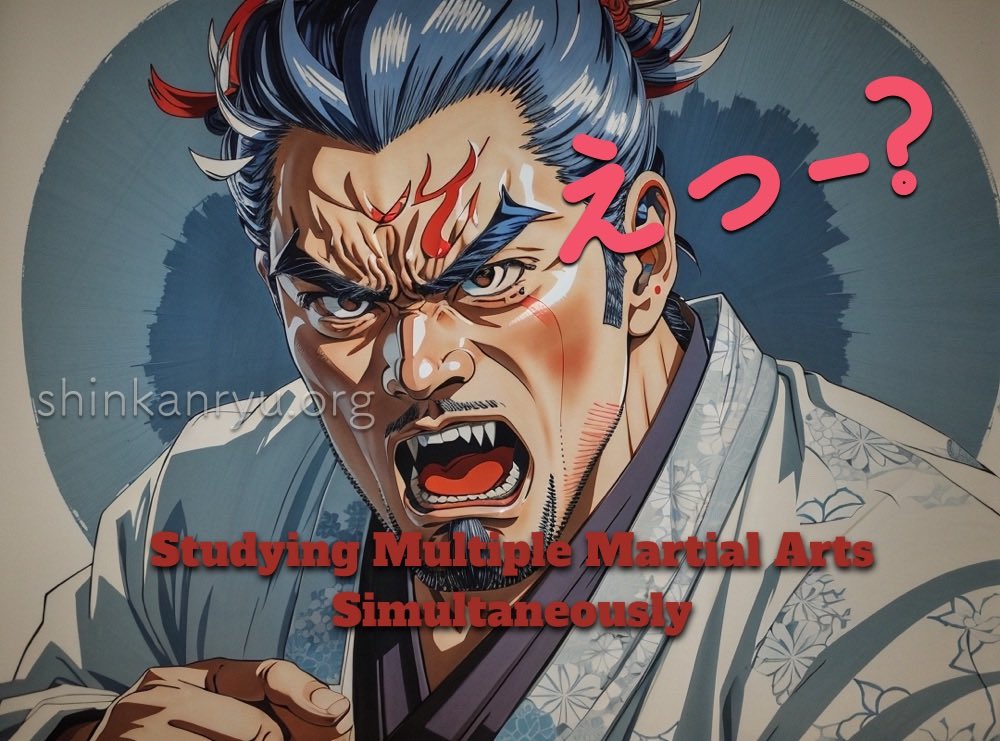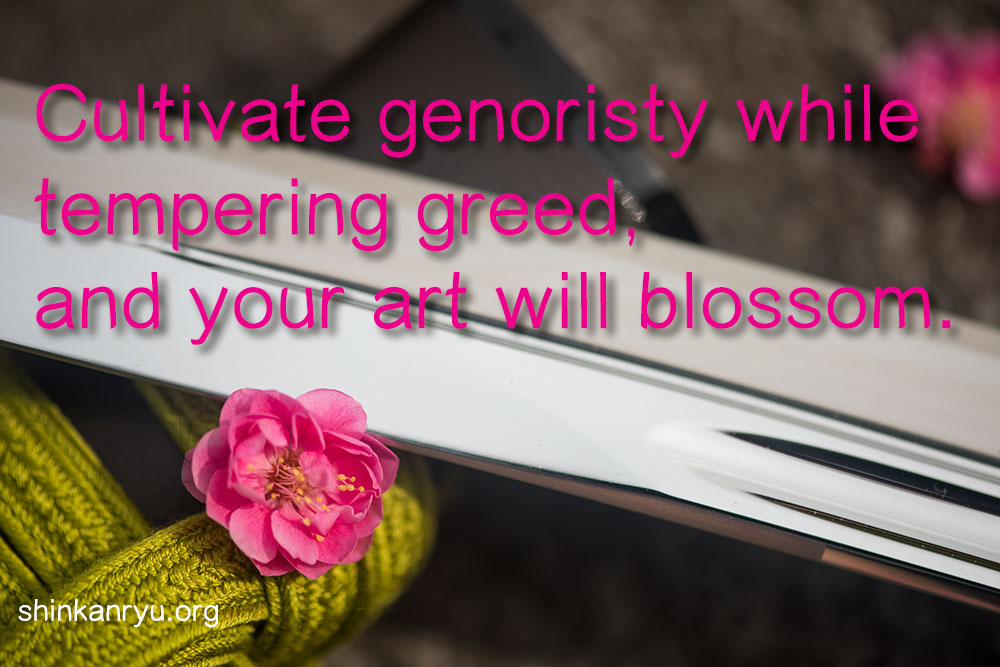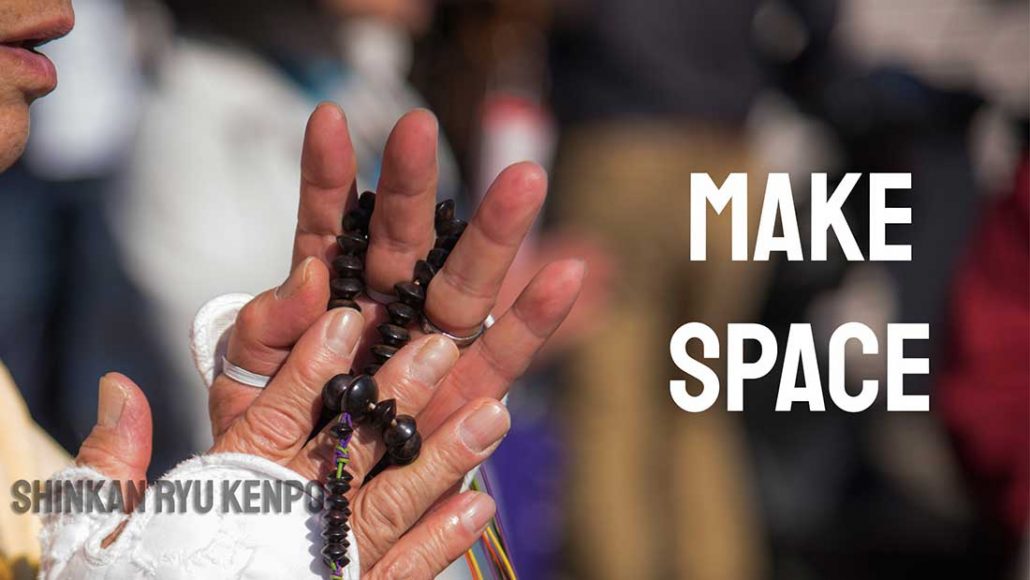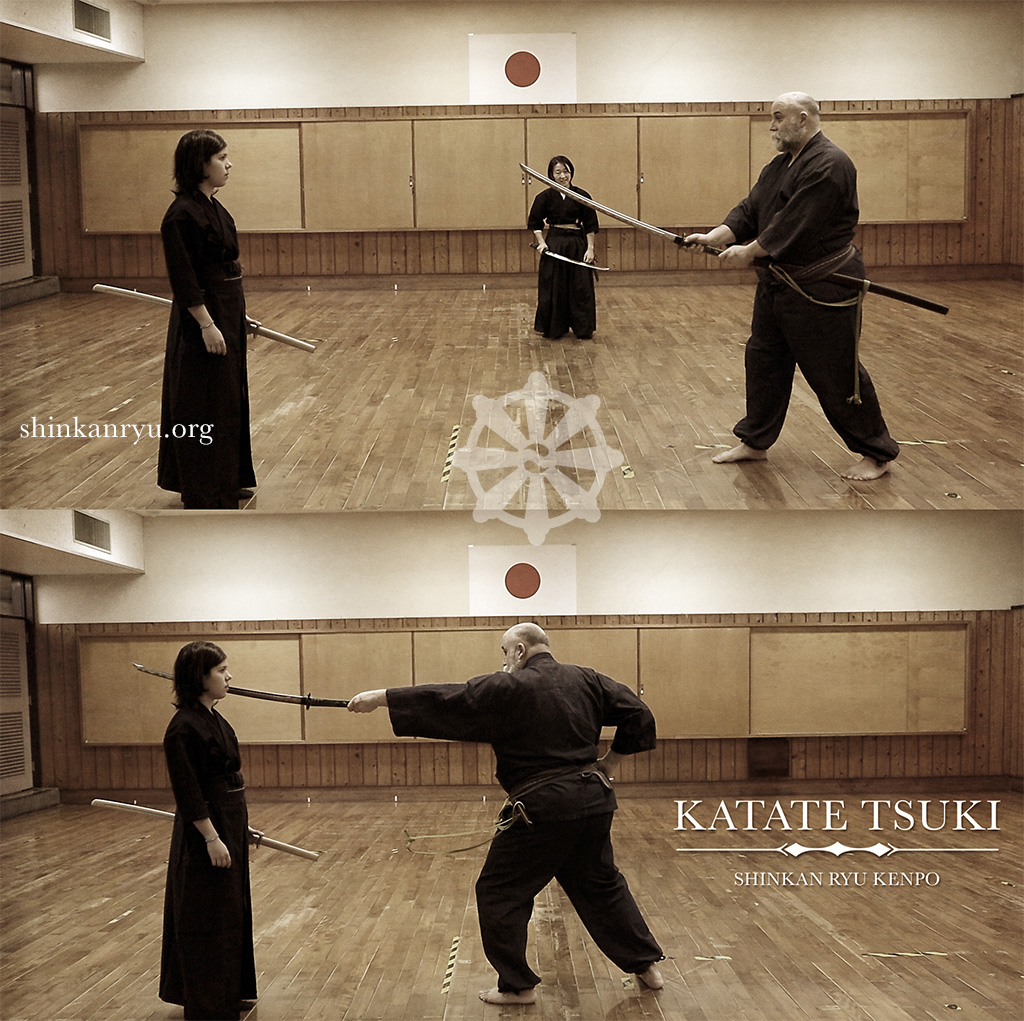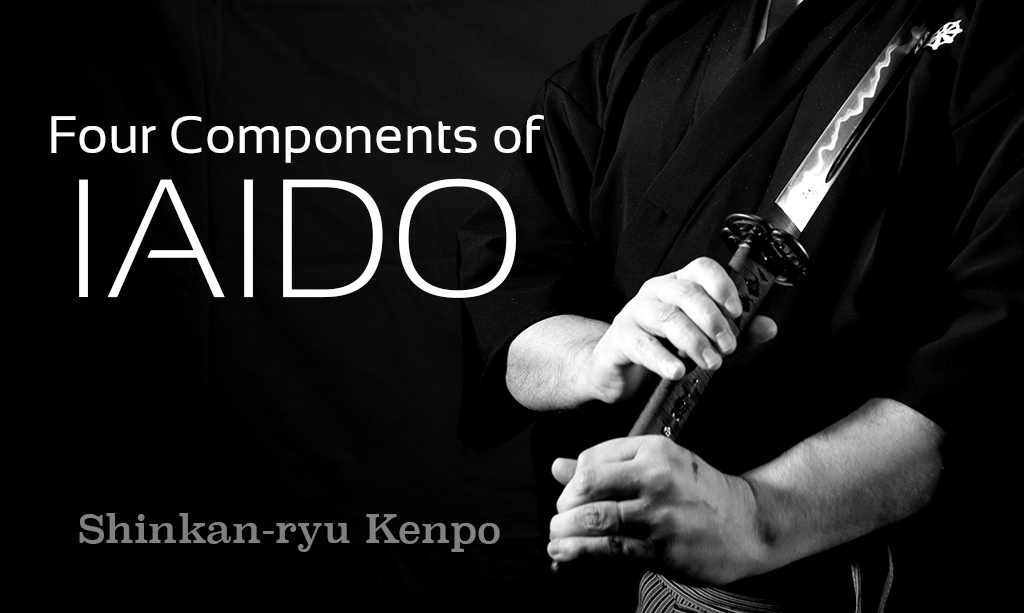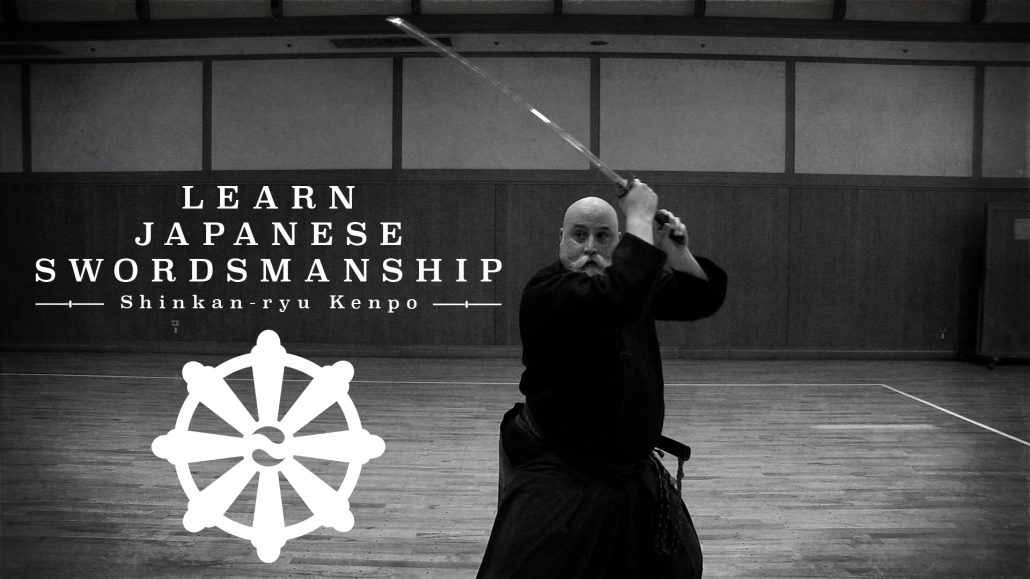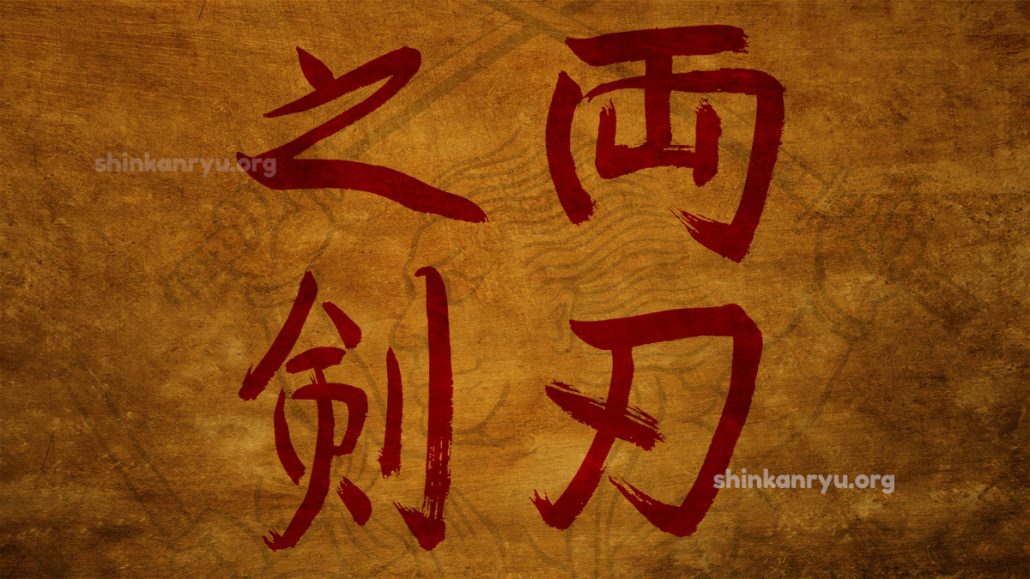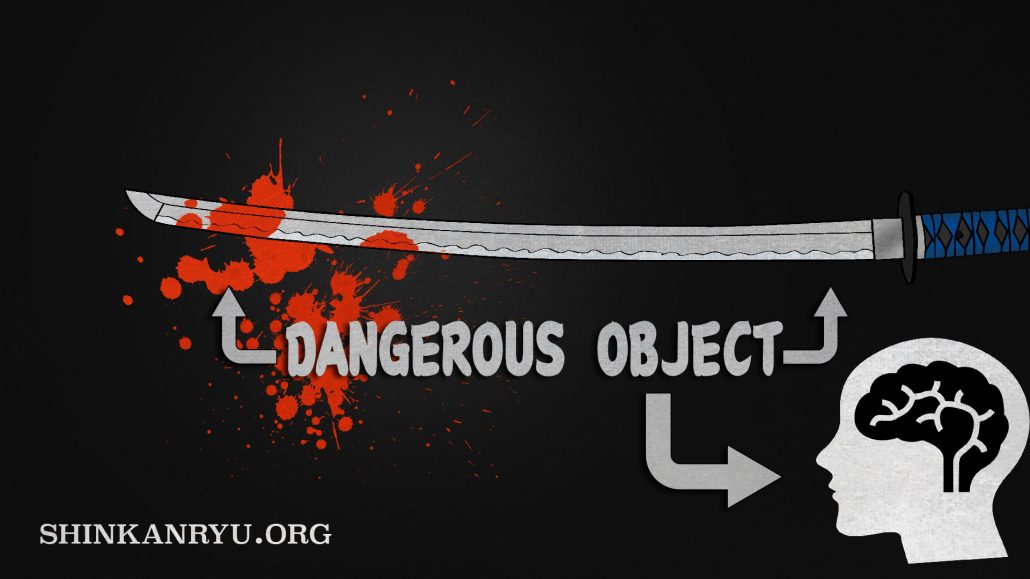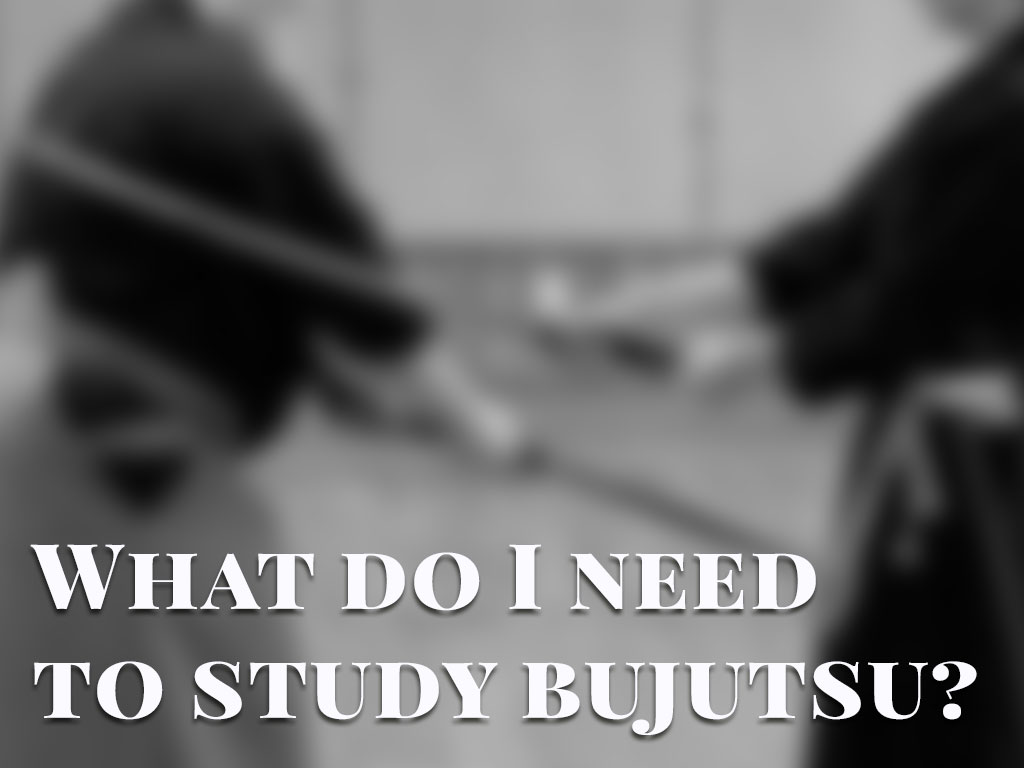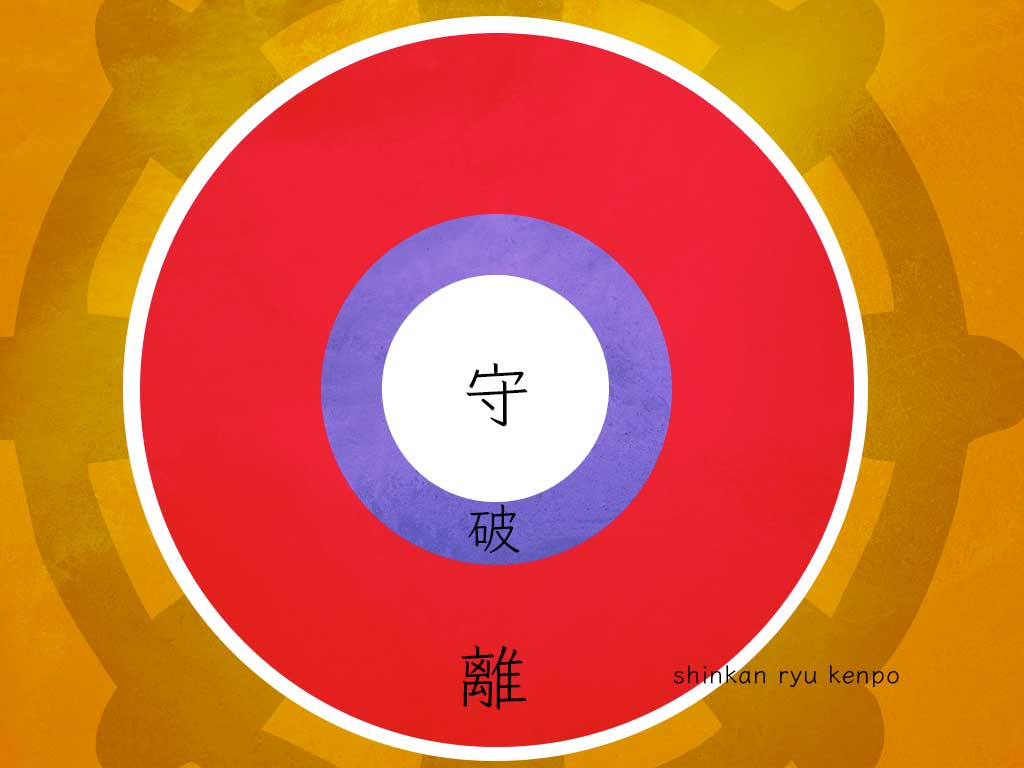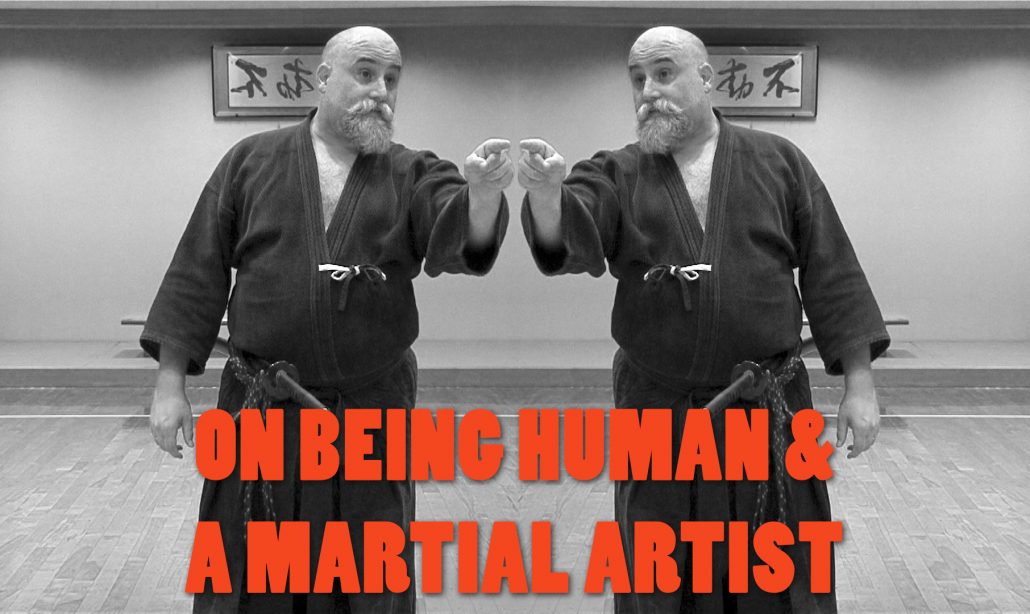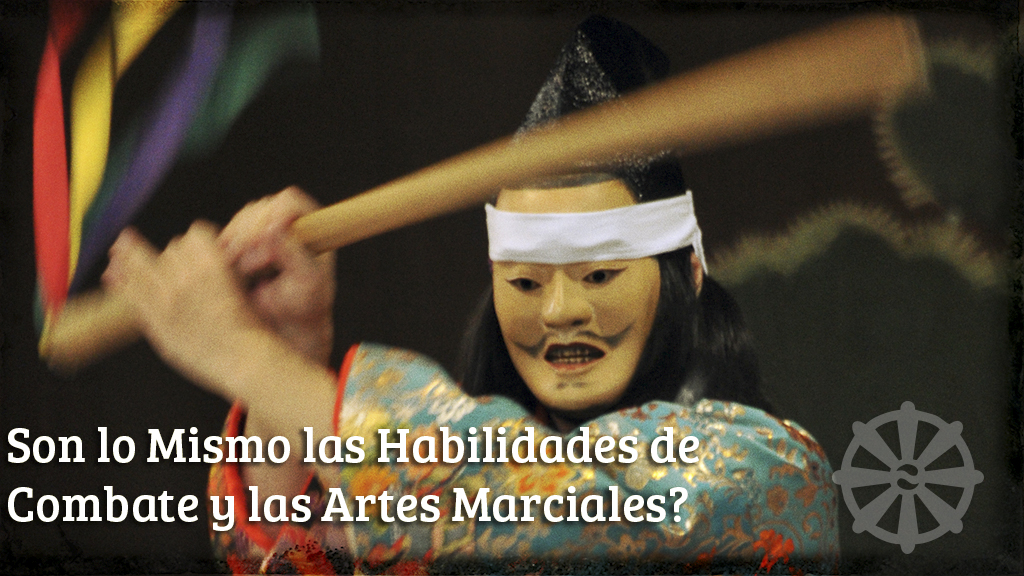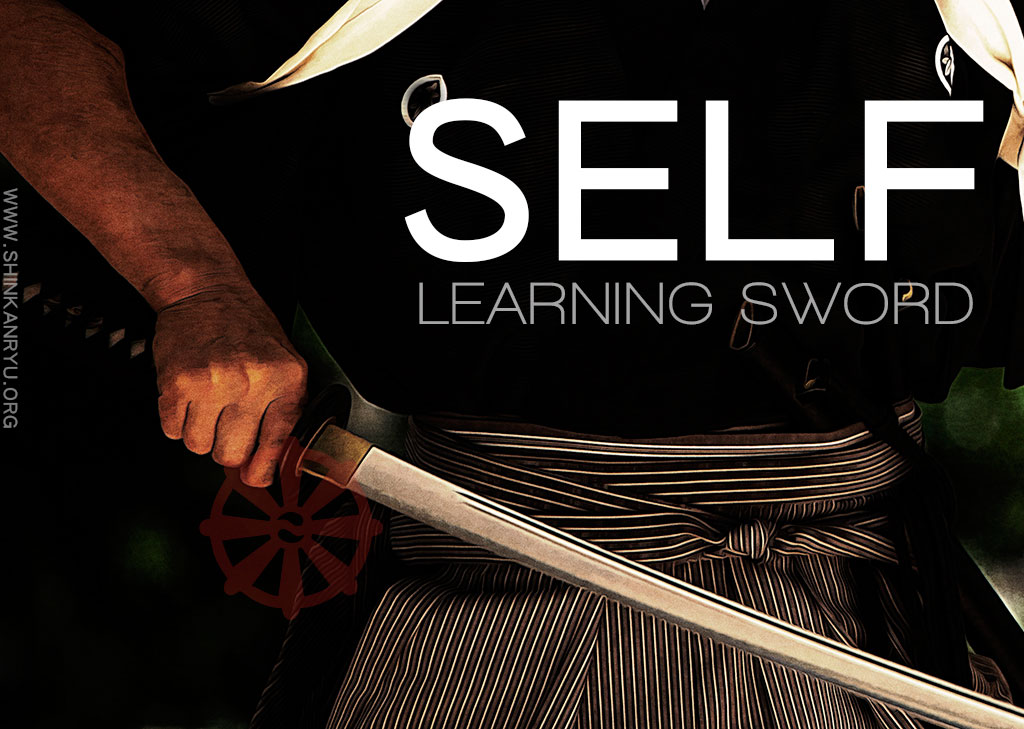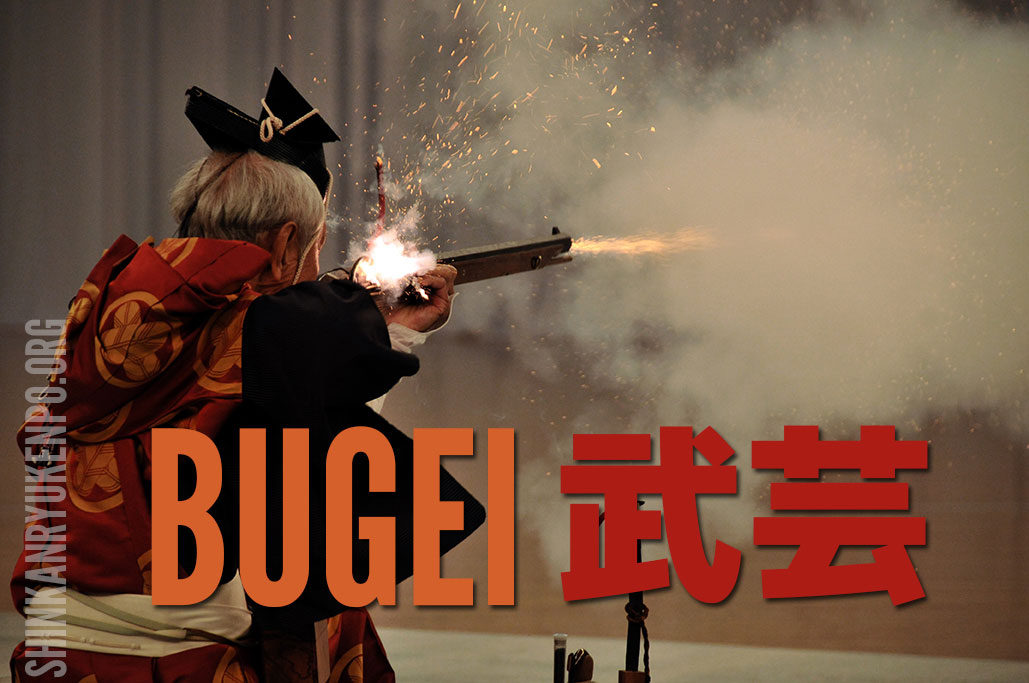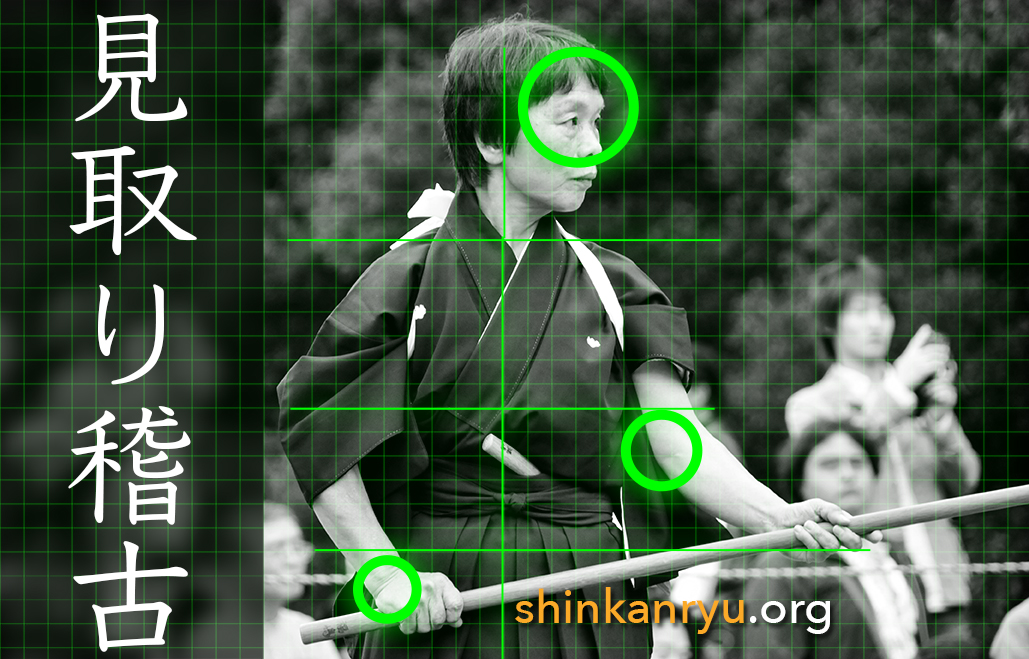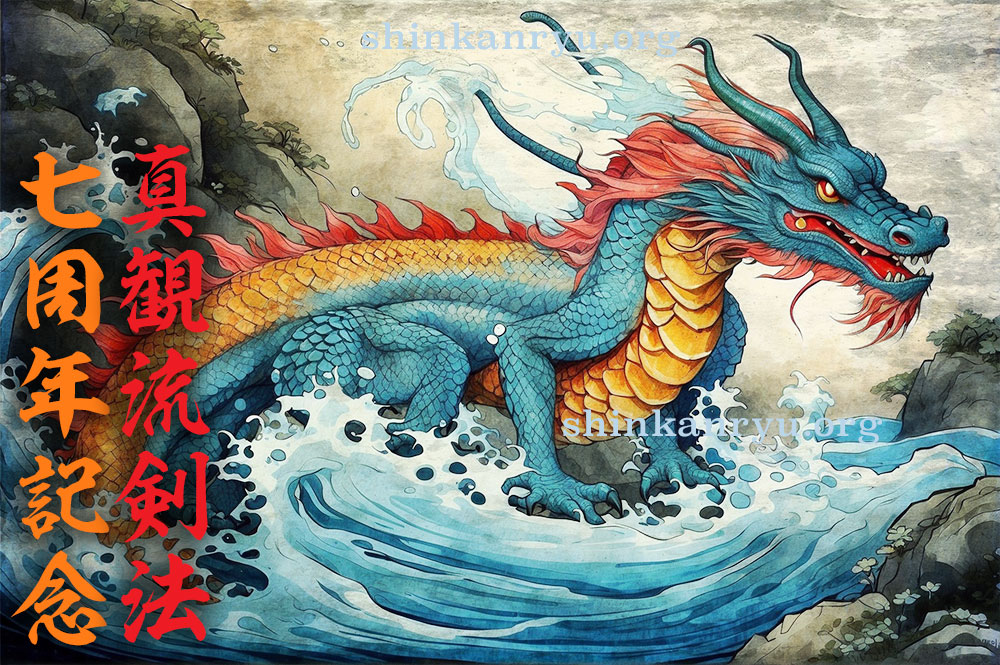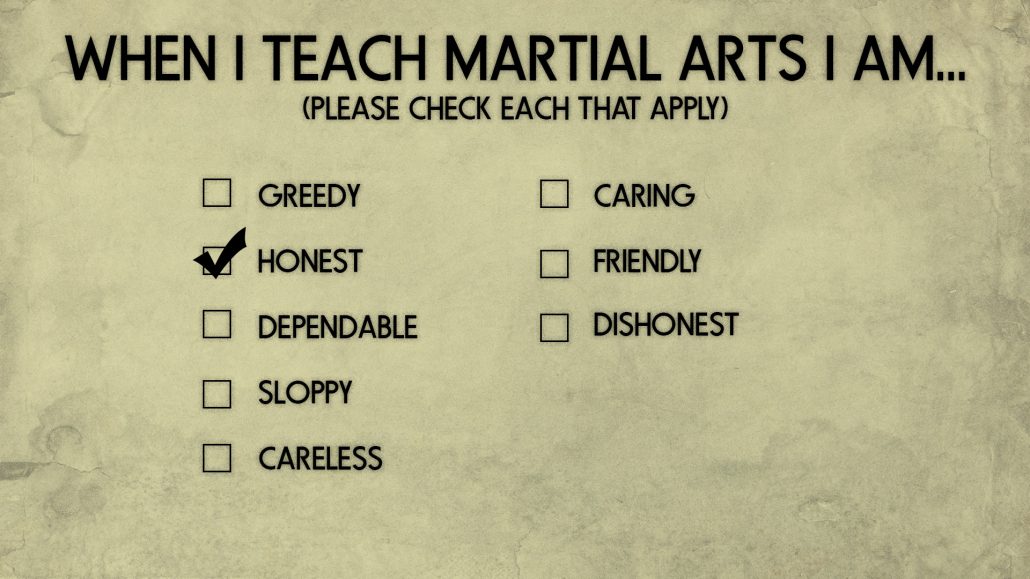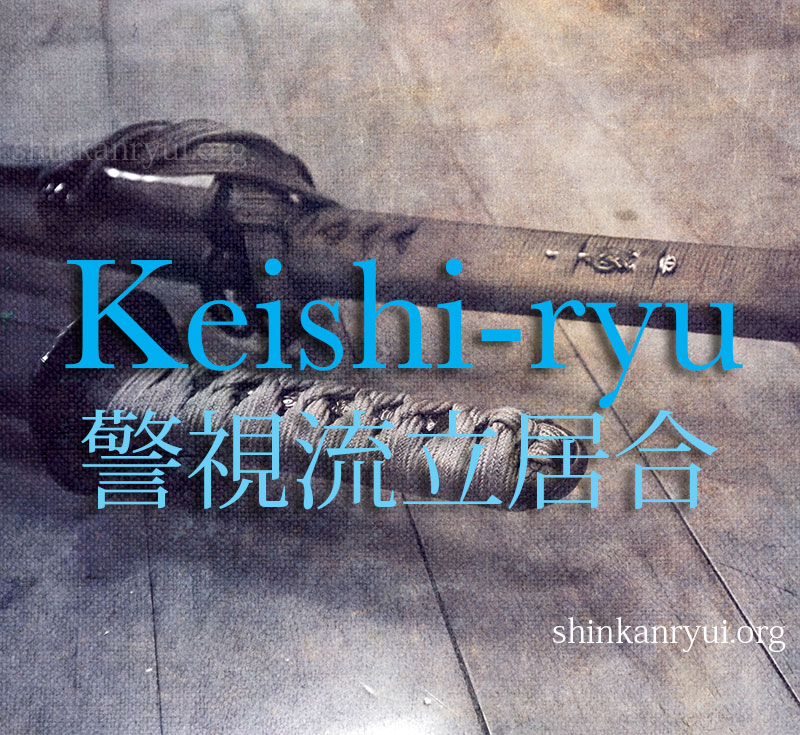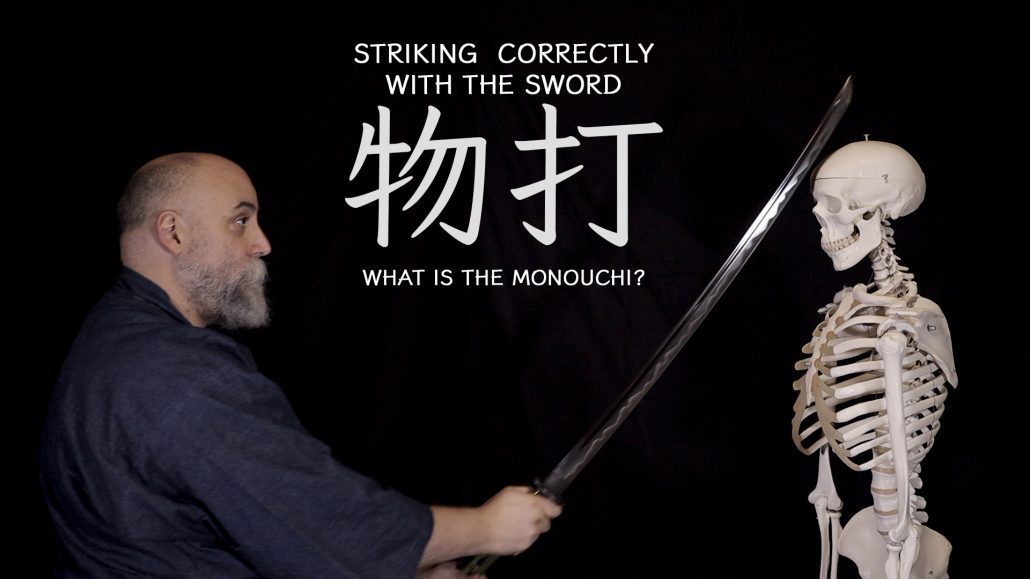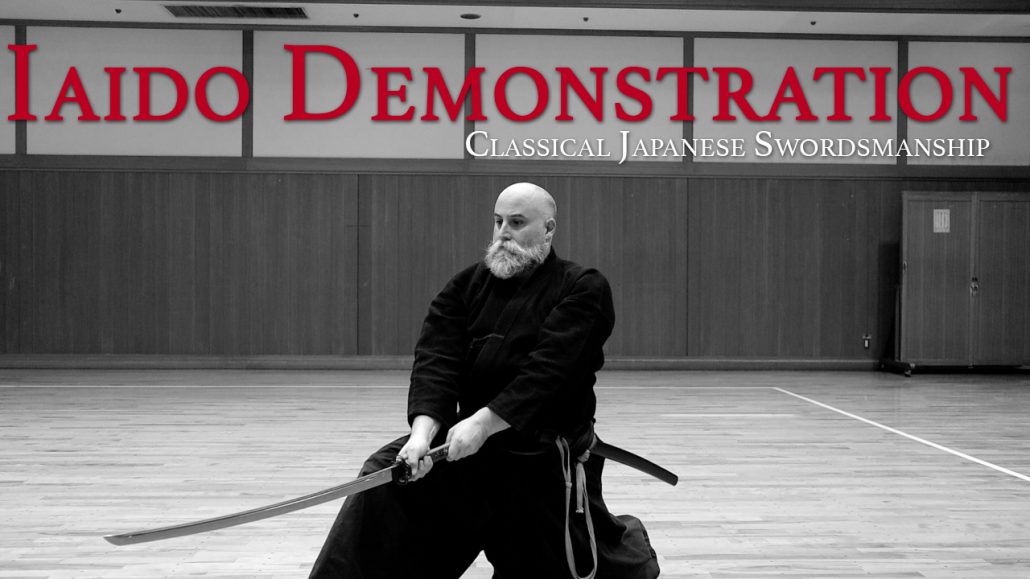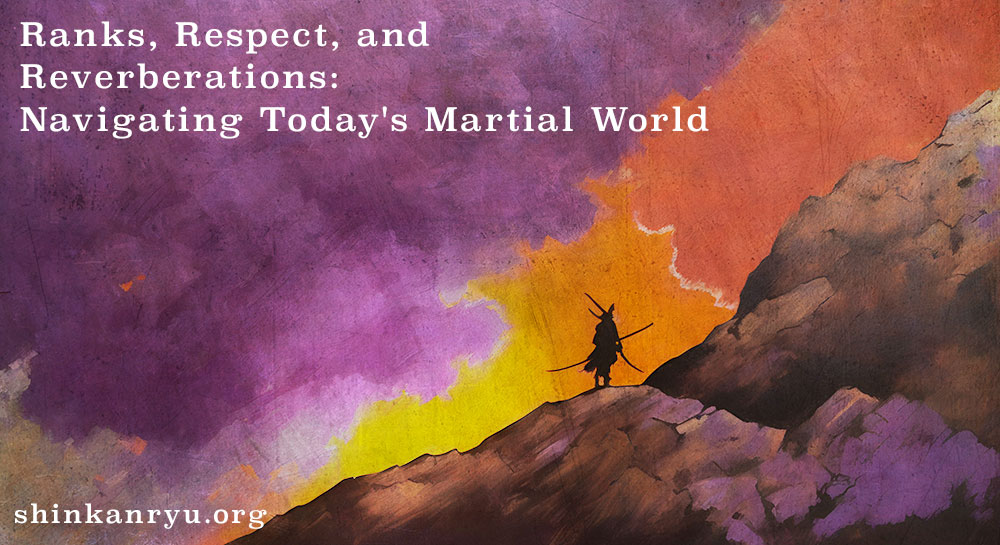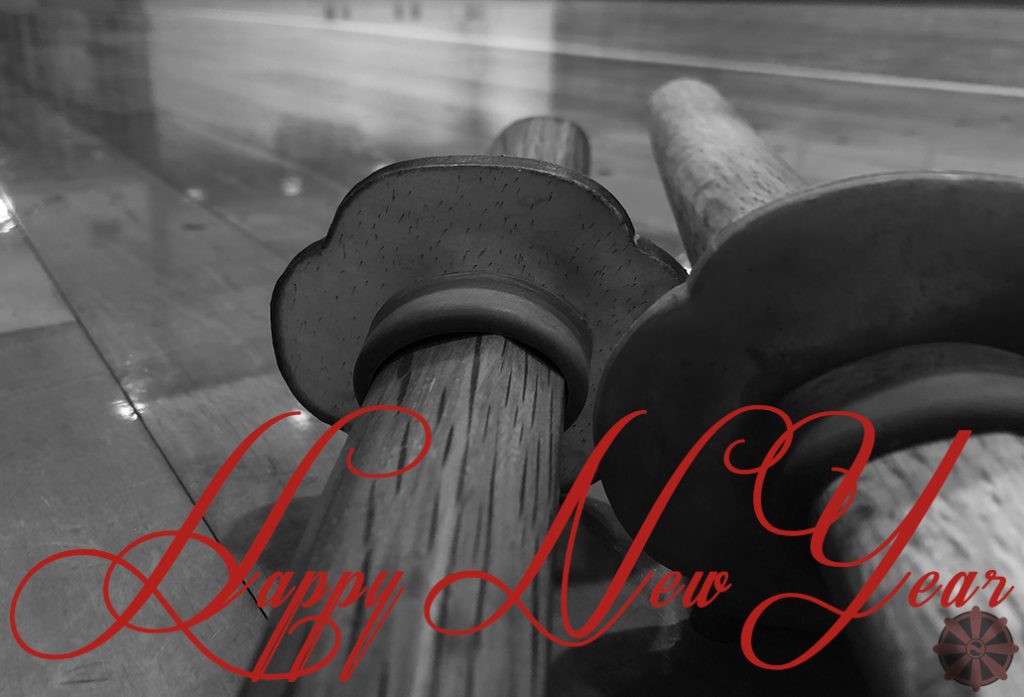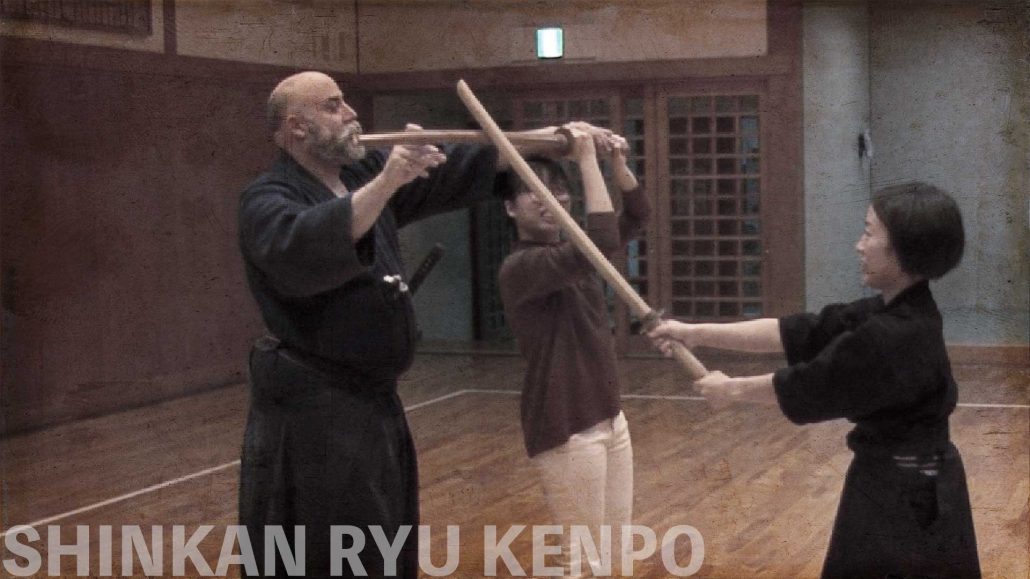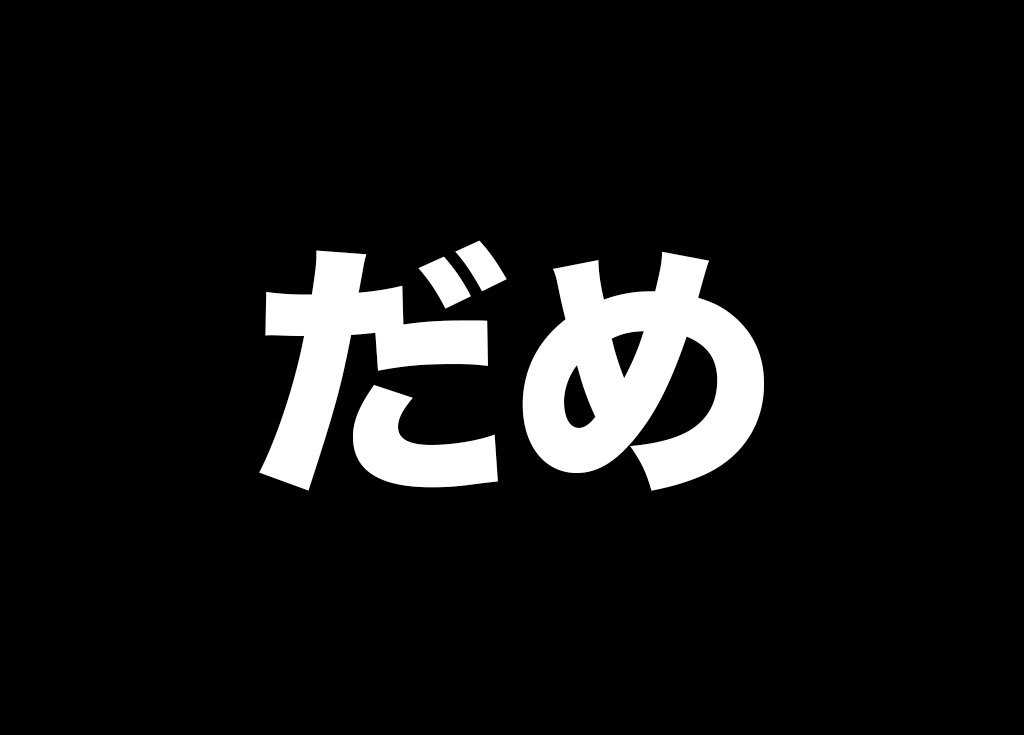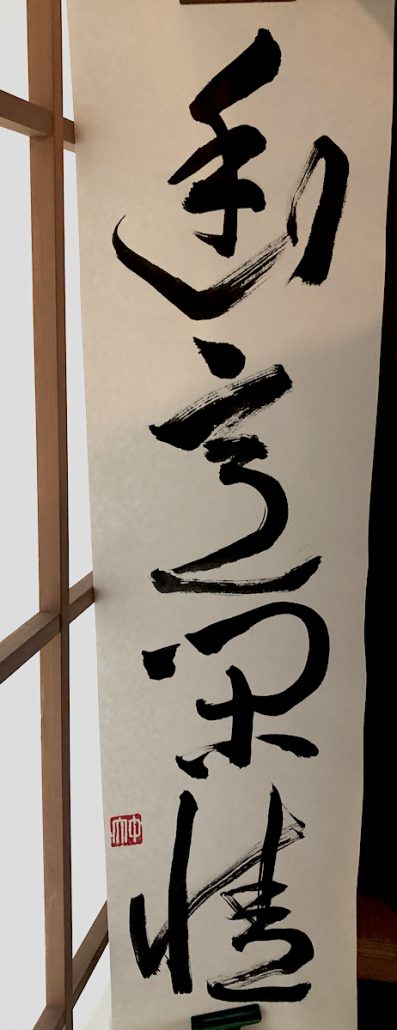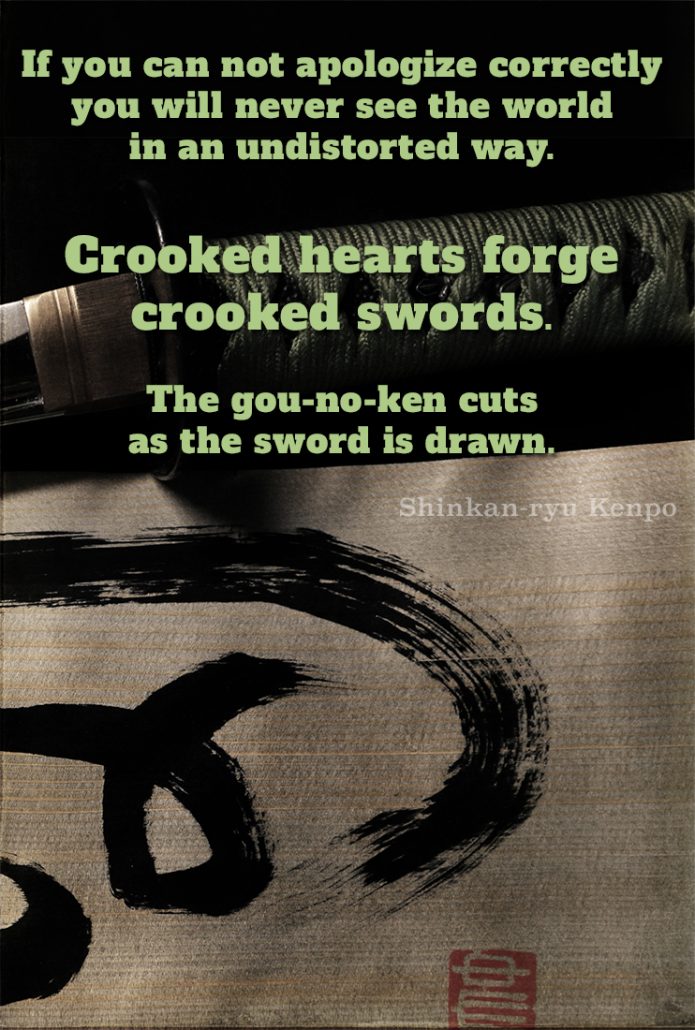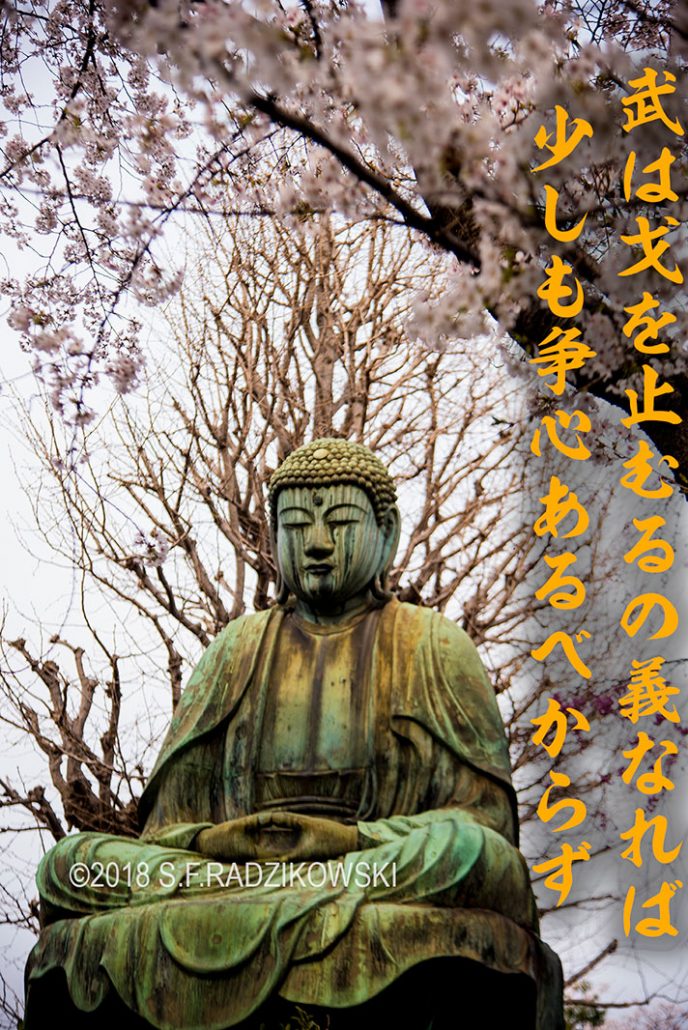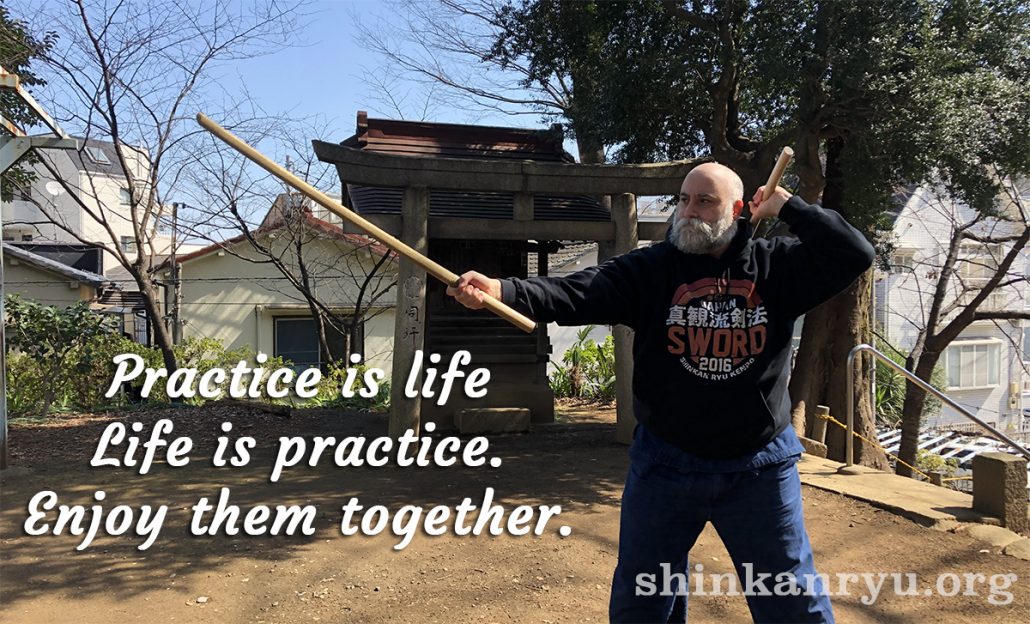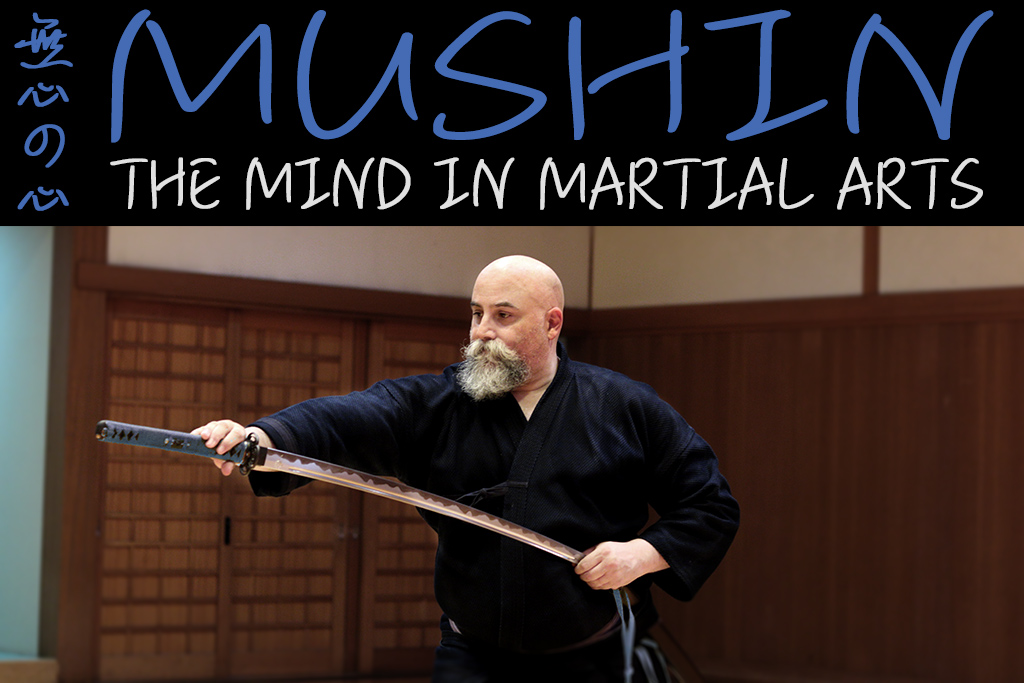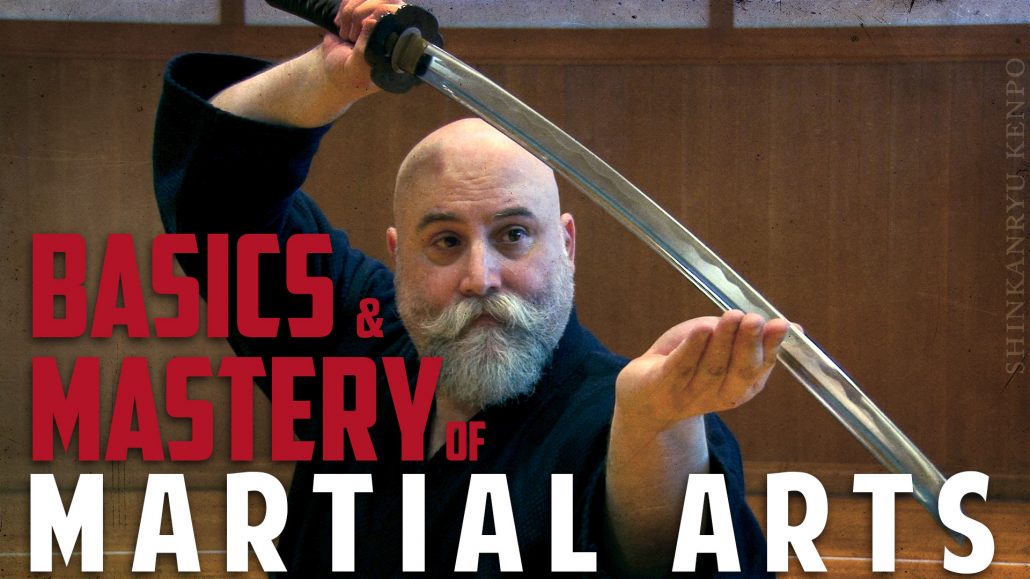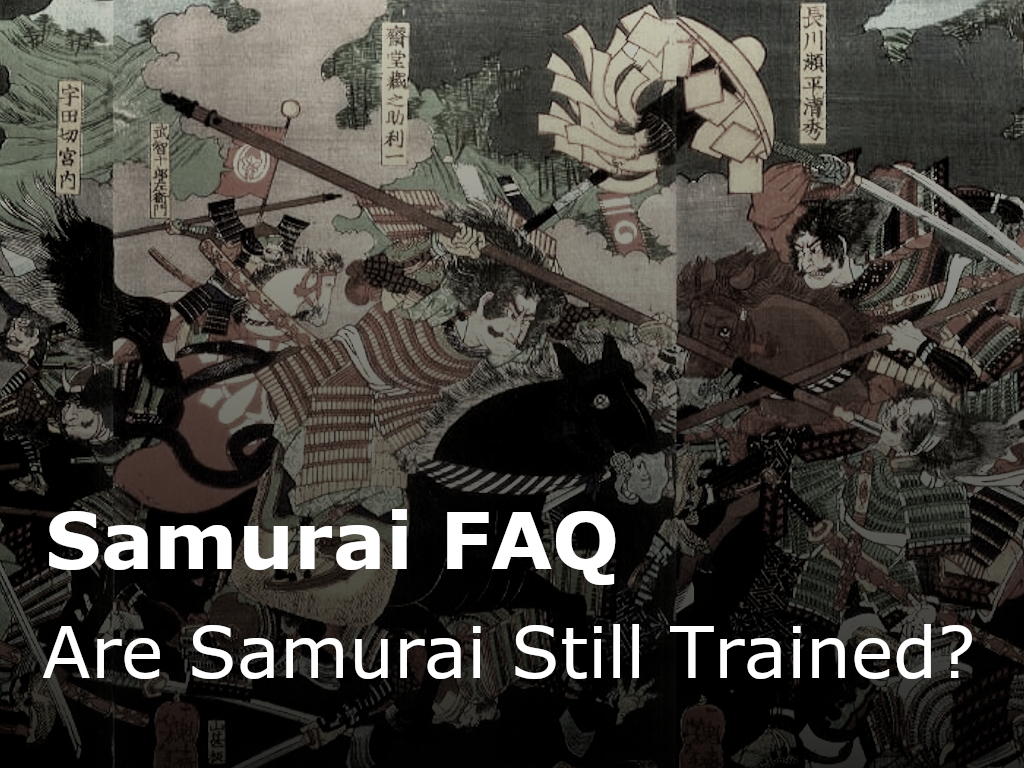Loyalty is one of the shining points in any list about the virtues important to the samurai. There are endless stories about loyal warriors doing this, or the faithful samurai did that. Someone's loyalty is often the main point in any plot. Commitment is integral for a warrior, martial artist, and obviously any regular person.
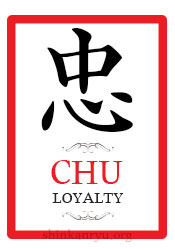
How loyal were the samurai? That depends on which period of history you look at and what your personal definition of loyalty is. There were many different ideas of what loyalty was amongst bushi, samurai, and bugeisha over the last five-hundred years. Bushido is touted as a checklist that all samurai followed. It is frequently regurgitated ad nauseam by many "martial artists". The ideals expressed in bushidō, such as gi 義, change with each clan and period. It is difficult to throw a list of values on a wall and say, this right here is what all ancient warriors believed in. Frankly, I am more interested in my budō study in the 21st century and what these ideas of bushidō and the path of a warrior mean to my school and myself.
Chū 忠 or chūgi 忠義 refer to fidelity to your clan and superiors within bushidō. Chū means loyal. It is the center of one's mind. The point from which all actions must emanate. It is within our hearts. What is important and matters are carried at the center or within us. This is represented by the character chū 忠. Chūgi is a deeper loyalty that might be translated as devotion or righteous fidelity.
Different Loyalty At Different Times
There is a school of thought where blind loyalty is the true way of the samurai or warrior. It is an outdated idea that no matter what actions your superior might give you, you must follow them. That will demonstrate chūgi and express the warrior's ideal of loyalty. It goes against the righteousness that maintains the wholesome relationships between people. Indeed, in the past, it was cultivated from a position of authority to control their population of warriors. It created an undying loyalty that can only be broken by their master's word, which created salves to the system in which the samurai worked and lived. Chūgi though is not so cut and dry as it once might have been.
In the early 1700s, there was the Ako incident, the story of the 47 ronin. Most people interested in martial arts have heard this story. It is debatable whether or not the 47 disciples of Asano Naganori were behaving with true loyalty or not. My opinion is if the actions produce unwholesome consequences, then taking a life based on ideals of loyalty is never the right course of action. Harming others or malicious scheming in support of your ideals of loyalty is never the right path to travel.
In some ryū-ha (schools) or martial arts circles, loyalty is blind and extremely rigid. Students adopt a religious zeal for their style and teacher. And loyalty is often misplaced This is not actual chūgi in my view. What kind of loyalty should bugeisha have?
The Commitments
Let us use the phrase faithful to commitments. Firstly we must have a commitment to ourselves and the wholesome path. This is the righteousness present in gi of chūgi. We must be faithful to the way which radiates wholesomeness, not just for ourselves but for others in our care.
As a student, we must have a strong commitment to the school and teacher. Loyalty resides in the starting phase of shu-ha-ri. If we wish to learn properly we must be faithful to our keiko and our teacher's words. If we are asked to practice or train in such a way then it is our loyal obligation to do so. We must be faithful to the commitments of the ryū-ha. Not only to the waza (techniques) should we be faithful but to the whole training. Physical, mental, spiritual must be combined. That trinity should be where our commitment is place.
As teachers we must be committed to the ryuha, dojo, and those arriving to learn. Those seeking guidance require us to be faithfully providing it. Keeping a strict sense of duty to the school and the student is essential in studying and teaching the martial arts. In keeping a sense of loyalty to the school one should not be harming any students physically or spiritually. Whether its school dogma or stretching techniques, a teacher has a parent's responsibility to his student's wellness and health.
As I am sure all our mothers and fathers have told us, trust is a two-way street, so too is chugi in bujutsu. A pure bugeisha is one that walks a path without malicious intent nor greed. Bugeisha stands firmly loyal in a proper way to others in his world. Inside or outside the dōjō, they must keep a loyal fire burning within their hearts. We must not become mired in improper loyalty, which is tainted by greed, ignorance, and hatred.
Be well, do your best, and press forward. Let us all examine chugi in our bujutsu and beyond.

ラジカスキー真照
館長Saneteru Radzikowski is the head sword instructor of Shinkan-ryū Kenpō. He lives and teaches Iaijutsu and Kenjutsu from Nara, Japan.
Impermanence, The Mind, and the Truth
After every meditation session my teacher, with his eyes still closed, would softly speak in...
Jealous Martial Artists
Martial artists should be aware of what can live in the shadow of righteousness; jealousy...
Sword Grip Tenouchi Iaido Video
This video describes basic hand grips (tenouchi) for using a katana (Japanese sword).
Martial Arts Doesn’t Change You Into A Hero
Joe is a bit of a jerk.Joe joins a dojo.Joe practices martial arts for 12...
What Value Is In Martial Arts Training?
Someone asked, “What value is there in martial arts training?” I reflected, what do I...
Bujutsu Thoughts Issin-furan
[fusion_builder_container hundred_percent="no" hundred_percent_height="no" hundred_percent_height_scroll="no" hundred_percent_height_center_content="yes" equal_height_columns="no" menu_anchor="" hide_on_mobile="small-visibility,medium-visibility,large-visibility" status="published" publish_date="" class="" id="" background_color="" background_image="" background_position="center...
What is true budo?
Studying the arts of fighting leads to peace. The pursuit of martial arts has one...
Learning Koryū Kenjutsu & Iaijutsu Traditionally
Is Studying Multiple Martial Arts Ok?
Many people study more than one martial art. There can be varied reasons, such as...
Greed And Martial Arts
We must endeavor to cultivate generosity while looking at the roots of our greed. Removing...
Don’t Fall Into The Honey
You only have a little bit longer to live. The end is coming, whether in...
Katate Tsuki-One handed Thrust Iaijutsu
[fusion_builder_container hundred_percent="no" equal_height_columns="no" menu_anchor="" hide_on_mobile="small-visibility,medium-visibility,large-visibility" class="" id="" background_color="" background_image="" background_position="center center" background_repeat="no-repeat" fade="no" background_parallax="none" parallax_speed="0.3"...
Components of Iaido Iaijutsu
[fusion_builder_container hundred_percent="no" hundred_percent_height="no" hundred_percent_height_scroll="no" hundred_percent_height_center_content="yes" equal_height_columns="no" menu_anchor="" hide_on_mobile="small-visibility,medium-visibility,large-visibility" status="published" publish_date="" class="" id="" background_color="" background_image="" background_position="center...
Learn Sword Online: Budo Video
Learning Japanese sword online is possible. https://player.vimeo.com/video/276710823
The Sword With Two Edges
Today I decided to write the four kanji compound of morohanotsurugi. In English, we might...
Playing With Sharp Swords
I have been saying it’s important to get training for using a sharp sword or...
What do I need to study bujutsu?
Learning a traditional bujutsu, koryu, or comprehensive martial art is best approached as a serious...
Shu-ha-ri Budo Learning
On being human and a martial artist
It is difficult to wind through the brambles and thorns of life. It is impossible...
Son lo Mismo las Habilidades de Combate y las Artes Marciales?
Porqué hacer la diferencia entre arte marcial y habilidad de combate? Pienso que las habilidades...
How to self-learn sword skills?
How to self-learn sword? A question that pops up in my communications frequently is, “How...
What does Bugei mean?
Bugei translates as Martial art, Military arts, or Arts of war. Bu 武 means warrior...
Mitorigeiko Special Practice
Present and switched on The method of critically watching practice is commonly referred to as...
Katate Tsuki-One handed Thrust Iaijutsu
[fusion_builder_container hundred_percent="no" equal_height_columns="no" menu_anchor="" hide_on_mobile="small-visibility,medium-visibility,large-visibility" class="" id="" background_color="" background_image="" background_position="center center" background_repeat="no-repeat" fade="no" background_parallax="none" parallax_speed="0.3"...
7 Year Anniversary of Online and In-person Sword Learning
Today marks a significant milestone in our journey — the 7th Anniversary of Shinkan-ryu Kenpo!...
Honesty and the Martial Arts Hermit. Being a good budō teacher and student.
When people want to find a martial arts teacher, do they often think of mister...
Keishi ryu Iaijutsu
In 1888 the Tokyo Metropolitan Police department decided to cull various ryu-ha together to form...
Son lo Mismo las Habilidades de Combate y las Artes Marciales?
Porqué hacer la diferencia entre arte marcial y habilidad de combate? Pienso que las habilidades...
Greed And Martial Arts
We must endeavor to cultivate generosity while looking at the roots of our greed. Removing...
Learn Sword Online: Budo Video
Learning Japanese sword online is possible. https://player.vimeo.com/video/276710823
Striking with the Katana: What is the Monouchi?
https://youtu.be/pXpzSBLGkbI
Tachi Iai & Suwari Iai Demonstrations
[fusion_builder_container hundred_percent="no" hundred_percent_height="no" hundred_percent_height_scroll="no" hundred_percent_height_center_content="yes" equal_height_columns="no" menu_anchor="" hide_on_mobile="small-visibility,medium-visibility,large-visibility" status="published" publish_date="" class="" id="" background_color="" background_image="" background_position="center...
Ranks, Respect, and Reverberations: Navigating Today’s Martial World
In the hallowed path of martial arts, the journey has always been as significant, if...
Happy New Year
From all of us at Shinkan-ryū Kenpō to you, Have a wonderful New Year Celebration....
How to learn kenjutsu?
How to learn kenjutsu? Learning anything as profound as a martial art needs a teacher....
Budo Don’t
Don’t be in love with your weapon. Don’t be in love with your uniform. Don’t...
A Lesson Of The Brush & Budō
Today during shodo practice I wrote this. Our minds as the top of...
The Sword of Kamma
Within Shinkan-ryū are teachings to being responsible for our actions. Admitting fault of miss-actions or...
The Mind According to Saito Yakuro of Shintō Munen Ryū 斎藤弥九郎神道無念流
「武は戈を止むるの義なれば少しも争心あるべからず」斎藤弥九郎神道無念流練兵館 斎藤弥九郎 Saito Yakuro, Shindō Munen Ryu instructor of the famous Renpeikan in Edo once...
Budo Thoughts: Practice is life.
Practice is life. Life is practice. Enjoy them together. Enjoying morning keiko outdoors. The smell...
Mushin State of No Mind In Martial Arts
I would like to express my thoughts on the concept of mushin no shin —...
Mastering The Martial Arts and Basics
I will be talking about basics and mastery. Before I begin, I want to say...
Samurai F.A.Q
Are samurai still trained in Japan? Are there samurai schools? The short answer is, No.Samurai...


